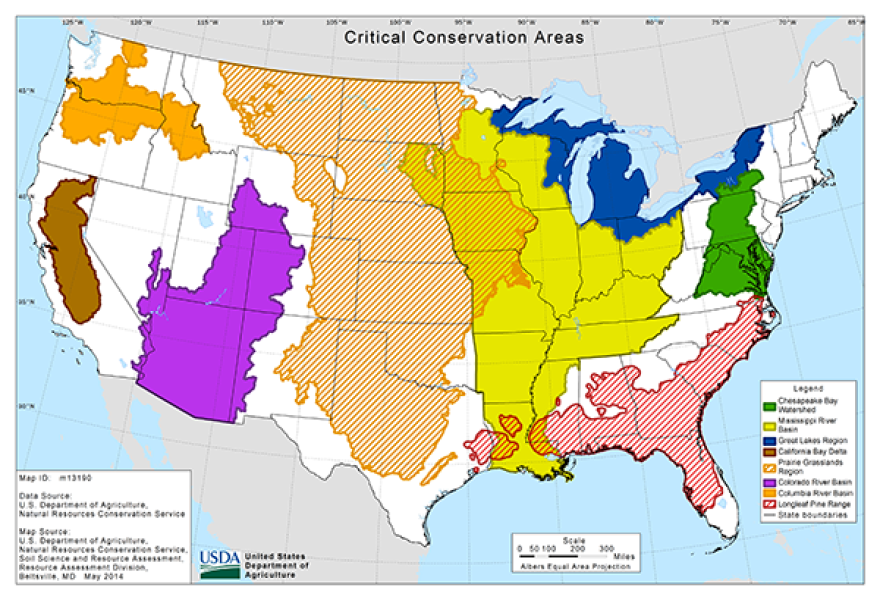The U.S. Department of Agriculture is changing the way the nation approaches conservation efforts.
U.S. Secretary of Agriculture Tom Vilsack announced last week the creation of the Regional Conservation Partnership Program, which bridges the public and private sectors for conservation and will make available $1.2 billion for various conservation efforts across the country.
Vilsack spoke with UPR and said this new approach will focus on both local and regional conservation needs.
“We are encouraging folks at the local level to come together in a coordinated fashion and look at their region, look at their area, look at their watershed and propose to us things that we could help finance and help do on a conservation scale that could make a difference locally,” said Vilsack.
Individuals and groups in Utah have three opportunities to participate in the program: they can propose a National conservation project, a plan within the state of Utah or a project for one of the eight newly-designated Critical Conservation Areas.
Vilsack said the various areas of the country face different challenges with conservation, which this new coordinated setup will help target.
“We’re basically saying to nonprofits, to foundations, to corporations, to folks who have an interest in water quality, soil quality, habitat conservation—they now can play, they now can work with us, they now can leverage their resources and our resources so that it provides more resource at the end of the day in terms of conservation,” said Vilsack.
Vilsack said these new partnerships and creative ideas will result in increased conservation opportunities and innovation.
“It really is our belief that this is going to open up very creative and innovative approaches because it’s competitive,” said Vilsack.
Vilsack said investing in agriculture results in more production, new jobs in tourism and improved outdoor recreational opportunities.



